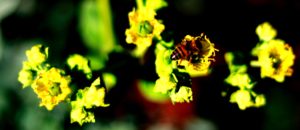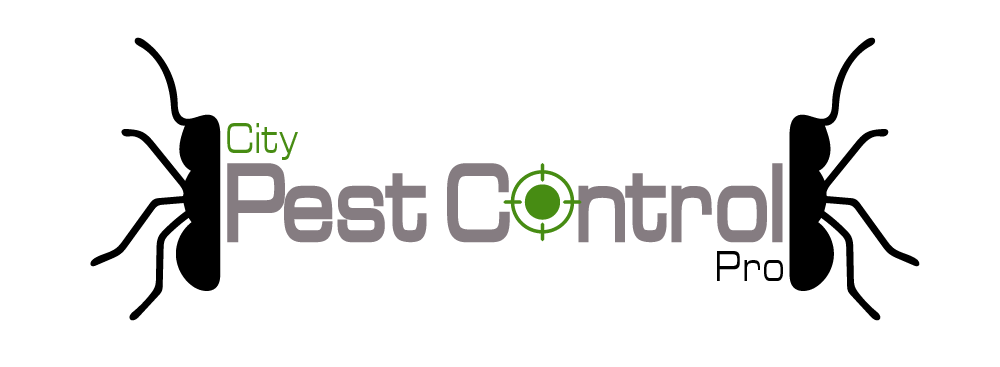How Long Does It Take For Bees To Make Honey
3-4 weeks. It takes 3-4 weeks for bees to start producing honey from a new hive.

It has been said that not including for man, nowhere in the world is there anything to compare with the unbelievable efficiency of the industry of the honeybee. Bees need two different kinds of food. One is honey prepared from nectar, the sugary juice that collects in the flowers. The other comes from the anthers of flowers, which hold many small grains called pollen. Just as flowers have many colors, so do their pollen.
Most bees gather only pollen or nectar. As she sucks the nectar from the flower, it is stored in her special honey stomach prepared to be transferred to the honey-making bees in the hive. If she hungry, opens a valve in the nectar “sac” and a portion of the payload passes through to her own stomach to be transformed to energy for her own needs..
The bee is an amazing flying machine. She can carry a payload of nectar or pollen close to her own weight. Consider that even the most advanced design in aircraft can only take off with a load one-quarter of its own weight and you’ll be grateful for the miracle that the honeybee can stay airborne with such a load.
When her nectar “sacs” are full, the honeybee returns to the hive. Nectar is delivered to one of the indoor bees and is then passed mouth-to-mouth from bee to bee until its moisture content is reduced from about 70% to 20%. This changes the nectar into honey. Sometimes the nectar is stored at once in cells in the honeycomb before the mouth-to-mouth working because some evaporation is caused by the 32.5°C temperature inside the hive.
Lastly, the honey is placed in storage cells and capped with beeswax in readiness for the arrival of newborn baby bees. Pollen is mixed with nectar to make “bee bread” and is fed to the larvae. Before returning to the flower again for more pollen, the bee combs, cleans and cares for her? Not because she is vain but so she can work extra efficiently. Throughout her life cycle, the bee will work tirelessly collecting pollen, bringing it back to the hive, cleaning her, then setting out for more pollen.
Forager bees start out from the hive for blossom patches when three weeks old. As they live to be just six or seven weeks old they have much work to do and little time to do it.
There will be a lot of other bees working at a time, and the air will be noisy with their droning. It takes 300 bees regarding three weeks to gather 450 g of honey. On average, a hive includes 40,000 bees.
When your frame has 80% of capped honey, you can harvest. To draw out the production season, add space for the bees to continue to store honey. To see if uncapped honey can be harvested without spoiling, turn the frame upside down. If the nectar leaks, it is not honey yet and has not been cured long enough.
